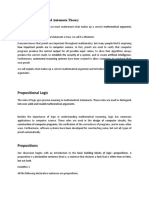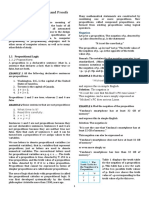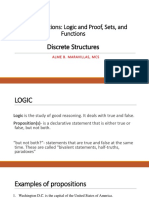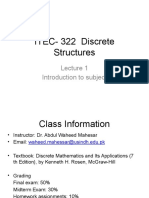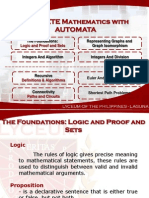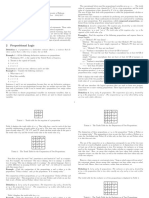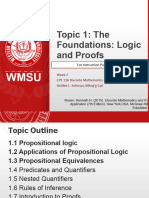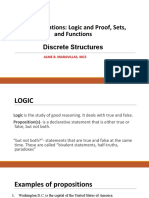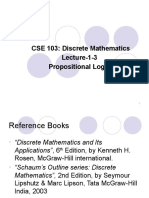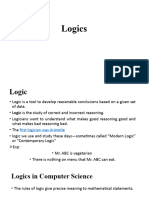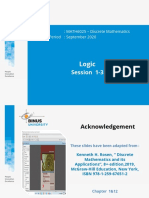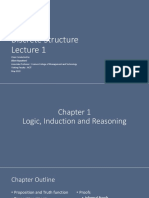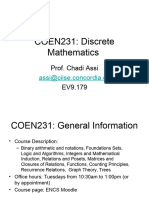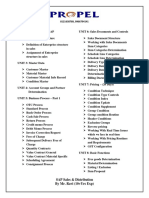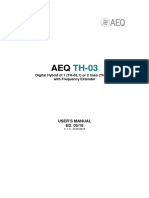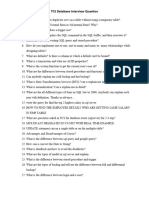0% found this document useful (0 votes)
23 views40 pagesLec6 - Logic and Propositional Calculus
Uploaded by
adilhan200721Copyright
© © All Rights Reserved
We take content rights seriously. If you suspect this is your content, claim it here.
Available Formats
Download as PDF, TXT or read online on Scribd
0% found this document useful (0 votes)
23 views40 pagesLec6 - Logic and Propositional Calculus
Uploaded by
adilhan200721Copyright
© © All Rights Reserved
We take content rights seriously. If you suspect this is your content, claim it here.
Available Formats
Download as PDF, TXT or read online on Scribd
/ 40








